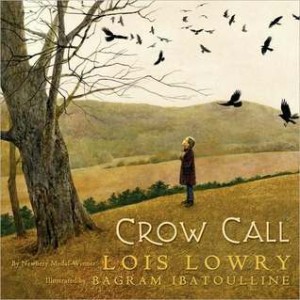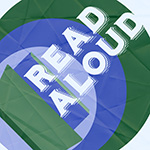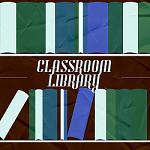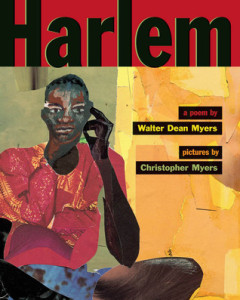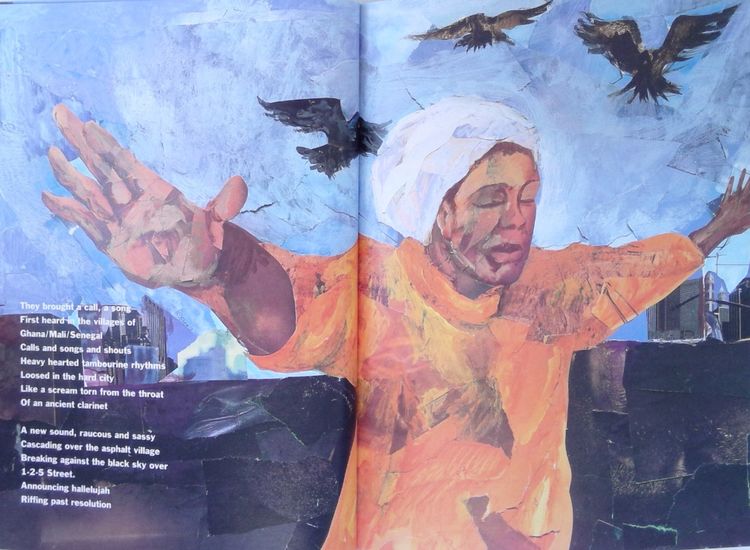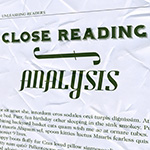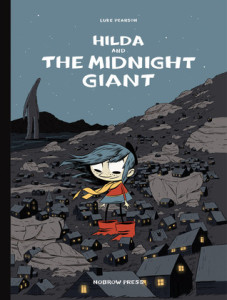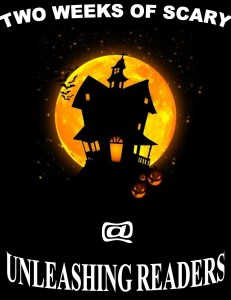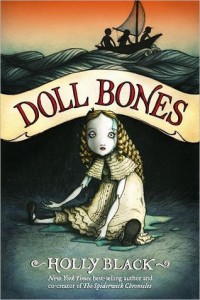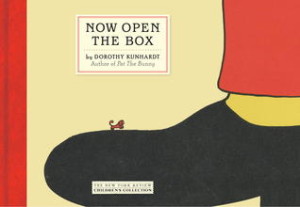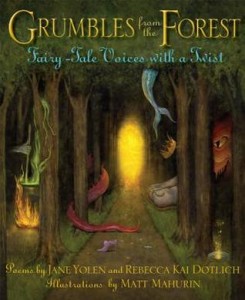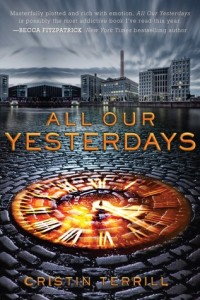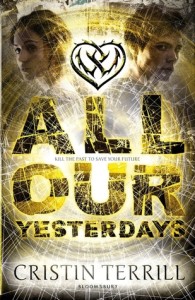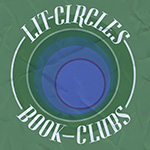Crow Call
Author: Lois Lowry
Illustrator: Bagram Ibatoulline
Published October 1st, 2009 by Scholastic Press
Goodreads Summary: Two-time Newbery medalist Lois Lowry has crafted a beautiful picture book about the power of longing and the importance of reconnection between a girl and her father in post-WWII America.
This is the story of young Liz, her father, and their strained relationship. Dad has been away at WWII for longer than she can remember, and they begin their journey of reconnection through a hunting shirt, cherry pie, tender conversation, and the crow call. This allegorical story shows how, like the birds gathering above, the relationship between the girl and her father is graced with the chance to fly.
Review: This book felt very real, so I was not surprised to learn that it was based on a day in Lois Lowry’s life, when she went hunting with her father after he returned from World War II. As more of our children’s fathers and mothers return from Iraq and Afghanistan, I can’t think of a more appropriate book. Liz longs for a connection with her father, but she is uncomfortable saying the word, “Daddy.” The reader feels her sense of longing and reaches for the connection with her. This is a beautiful picture book that can be read to students of all ages.
Teacher’s Tools for Navigation: Often, classics and YAL grapple with the emotional effects of soldiers in wars. The pulse of the war reaches family members, create a lasting aftermath of emotions like uncertainty, loneliness, and helplessness. I would love to see this book paired with a book about war (whether the other text takes place during the war or after the war). Teachers might have students pick out lines or actions that show the emotions that subside after a family member returns from war.
Discussion Questions: How is the crow call symbolic?; Why does Liz fear the hunting side of her father? Does he recognize this? How do you know?; What does the ending show about her relationship with her father?
We Flagged: “I practice his name to myself, whispering it under my breath. Daddy. Daddy” (p. 7).
Read This If You Loved: Purple Heart by Patricia McCormick, The Silver Path by Christine Harris, Owl Moon by Jane Yolen
Recommended For:
